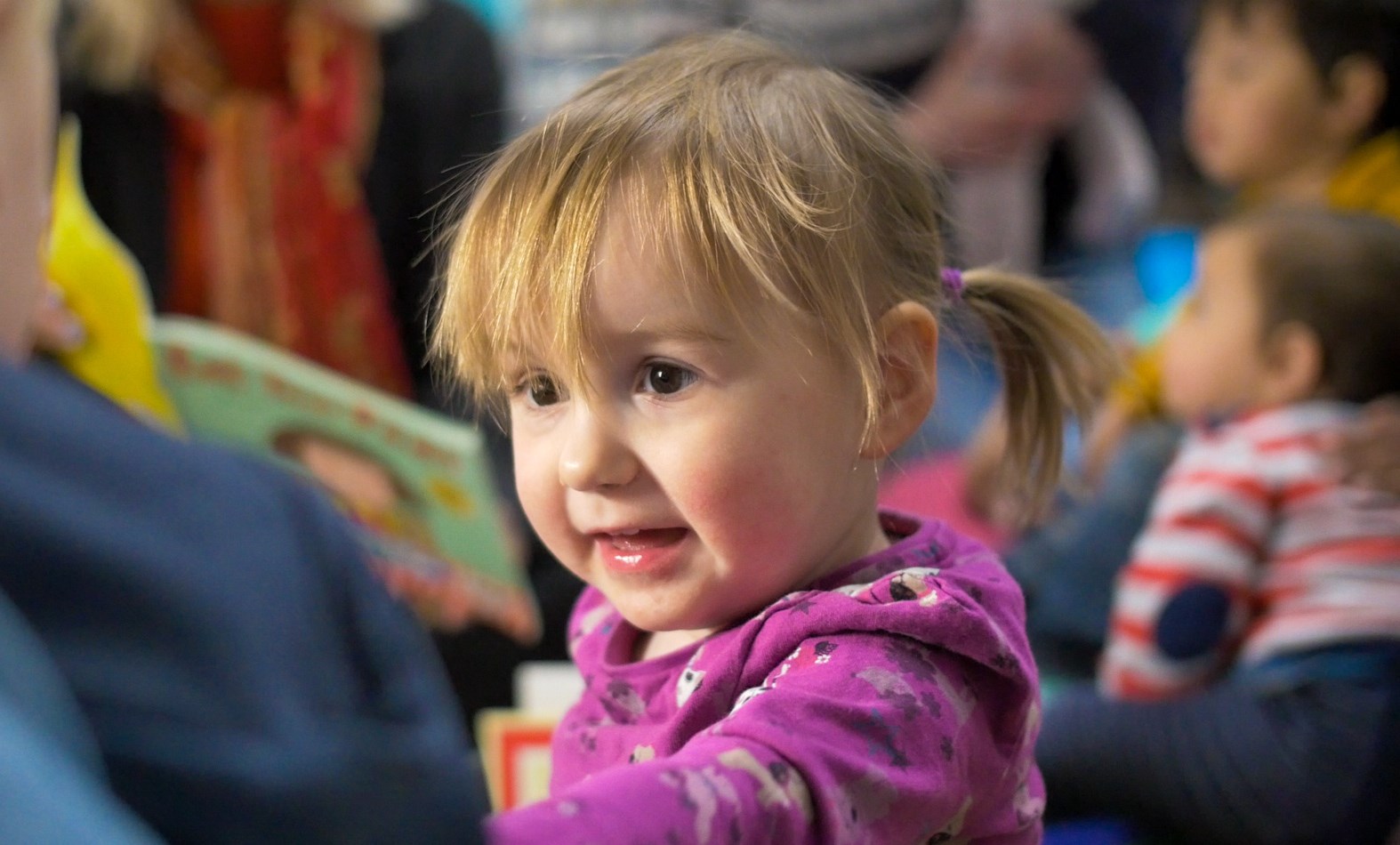
It’s an old proverb that says, “a picture is worth a thousand words”, and marketers have certainly cottoned on to this trend. In short, 40% of people will respond better to visual information than plain text, and content with visuals gets 94% more views.
We know that charitable giving is more likely an emotional response rather than rational logic, and visual mediums like photos are helpful to invoke that emotion.
The good news is that you don’t need technical equipment to take great photos – your smartphone is perfectly adequate and available to you most of the time! Taking your own photos can often provide a much more insightful and authentic representation of your organisation than even the most professional stock photos.
The aim really is about taking better images – how do you take capture your mission in a photo? How do you get people to feel something about your organisation in an instant? Not everyone will get to visit your organisation or be there with you on the front-line, so consider this an opportunity to give outsiders a window into what you do.
You can include pictures on your project and fundraising pages on Neighbourly to help bring your story to life. Here are some ideas on what to capture with your pictures to attract more support.
Try a mixture of planned and spontaneous shots
Think about what story you’d like to capture and what shots you’d like to try before you get your smartphone or camera out. Perhaps you have particular beneficiaries in mind that you’d like to involve in portraits, or you want to get some snaps at an event.
Don’t be afraid to capture something unexpected on the day also. You can experiment and discard them later if they didn’t work out how you intended – but you might be capturing a vital part of the story that you hadn’t considered before.
Take plenty
We live in a digital world where we’re no longer limited by the amount of film we have. Get creative and allow yourself to play. Try taking a portrait of a service user, and then take some of them interacting in the space, and see which communicates more powerfully.
Include humans in your photo
Ideally, you want those who look at your photograph to be emotionally moved by it, and having people in your photo adds that crucial layer. You might have a beautifully kept garden, but having your service users interacting with it will be the element that transforms your photo. Experiment with bringing another person (or group) into the frame, and see how that affects the dynamic of the photo.
Even if your organisation is an animal charity, you can include photos of an employee interacting with the animals, or a family with their new pet.

Tell your story with one or more photos
Your photo can still tell a story in just one frame. The first step is to identify what your community’s story is, and try to capture those elements within the picture.
To expand your story across several photos, consider contrasting images. Try capturing the realities of life for people before using your service and during or after. How have their circumstances and emotions changed?
Make your subjects feel comfortable
If you’re doing posed photographs, help your subjects feel at ease by explaining in advance what you are doing, and what the photos will be used for. When shooting, try to encourage the emotion you are trying to capture – if you want a broad smile, for example, see if you can get them to laugh!
Avoid stereotypical images
There are plenty of photos on the web of people standing in a group looking chummy. Try to capture some real interaction between them, or the ‘doing’ element of your project instead.
Also, consider how you might capture something that isn’t immediately visual. For example, the “headclutcher” is often used to depict mental health, yet most people surveyed didn’t think this accurately represented what it’s actually like to have a mental health issue. If in doubt, ask some of your beneficiaries who are in a good place to advise. They might have ideas of their own.
Don’t be afraid to get close
It can be tempting to stand back to avoid interfering in the action, but close ups can really capture facial expressions and emotions that might not be as poignant far away.

Ask others for their opinion
Which pictures make you feel something? Which ones tell your story best? Ask a colleague or even someone outside the organisation to see which photos “speak” to people the most.
Upload your images to your neighbourly project page, and be sure to share it with your networks.
About Neighbourly
Neighbourly matches charity and community projects with people and companies that can lend a hand. Get support by creating and sharing a project or give support by following, donating or giving a day to volunteer.